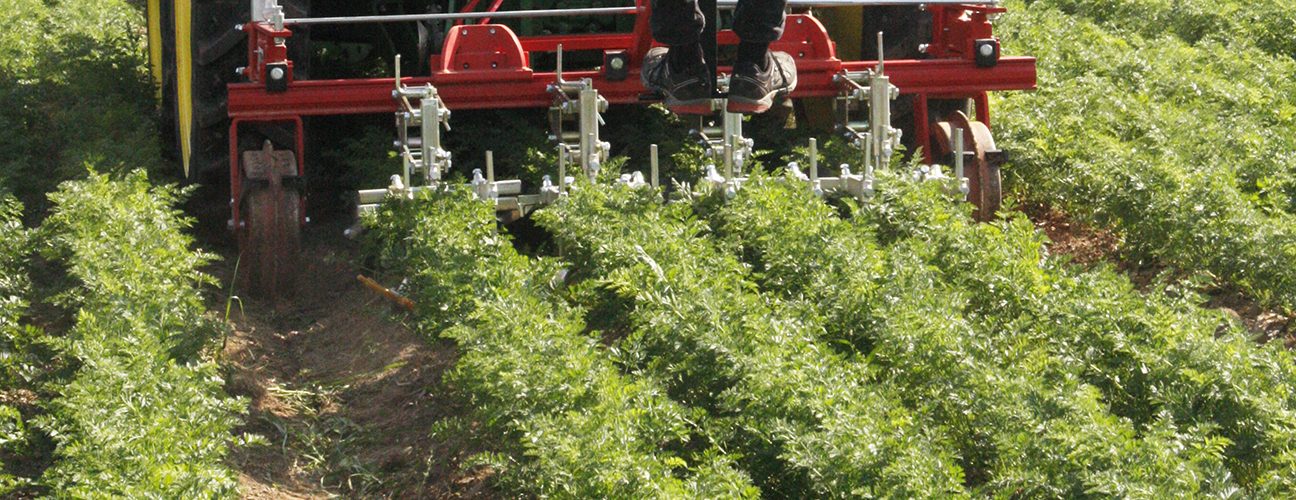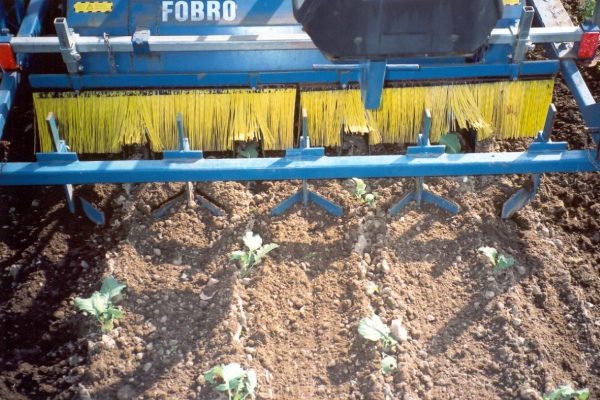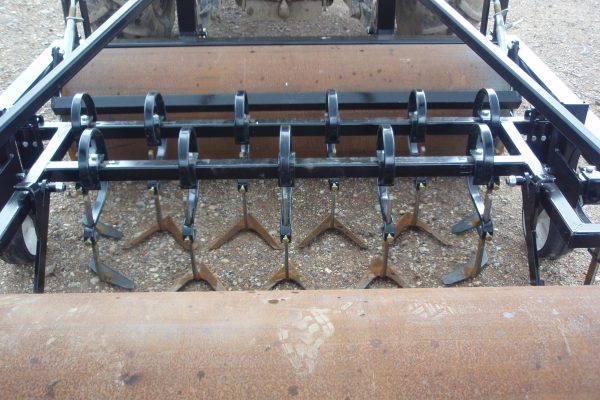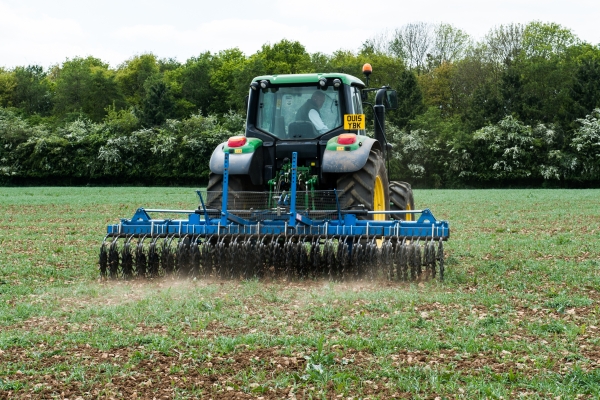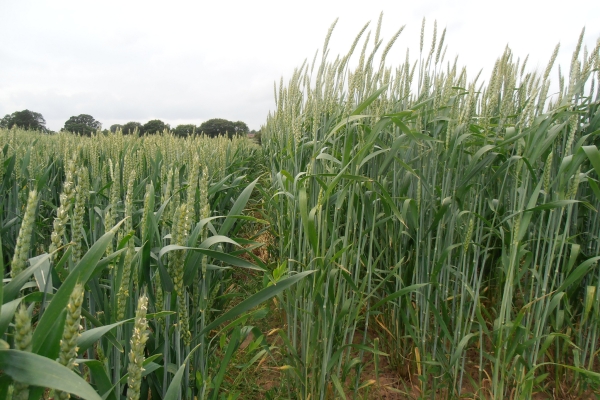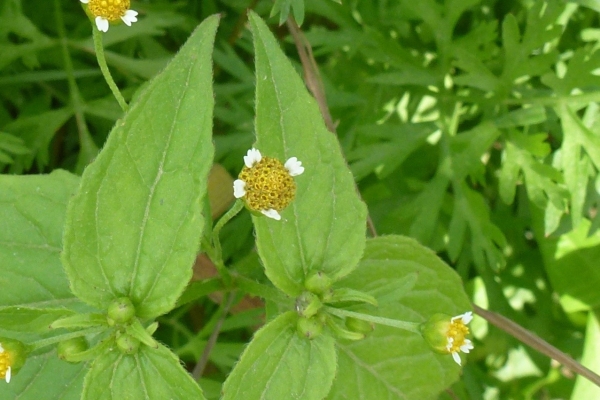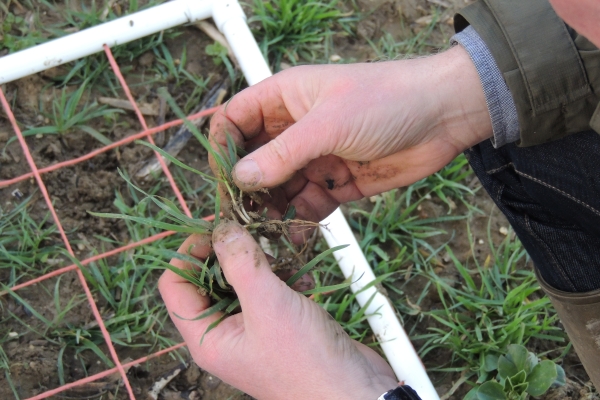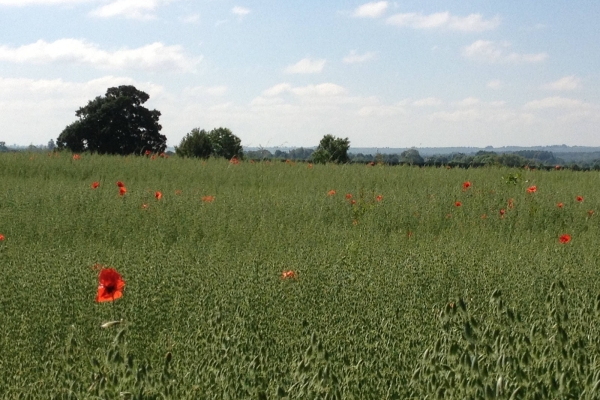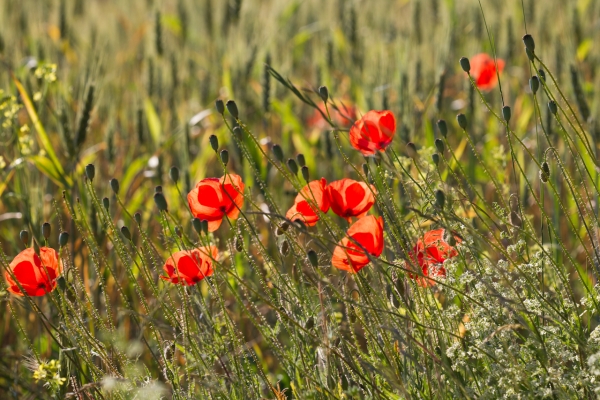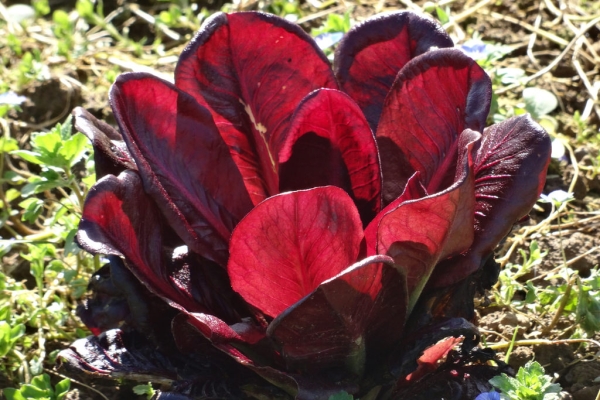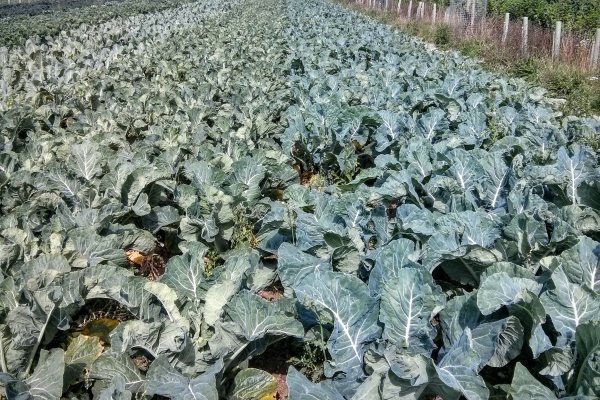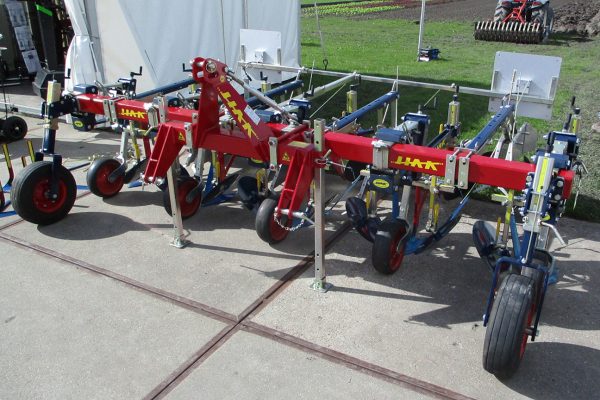The Big 4: Weed management in organic horticulture
Resource explained
In this whirlwind of a weed webinar, Charles Merfield (Merf) covers a huge amount of ground. He puts the case for integrated weed management in the context of the climate and ecological crises that we face. He describes the four big weed management techniques: minimising weed seed rain; creating proper false seed beds; stale seed beds – flame weeding; and using row hoes (interrow and intrarow). Intensely practical and backed up by research, the webinar is peppered with links to reports and papers, including many written by Merf, for those who want to go deeper into the subject. It ends with a Q and A session covering specific problems, practicalities and weed issues.
Findings & recommendations
- The largest negative impact on soil health from physical and chemical weed management is the reduction of plant biodiversity and biomass.
- Minimising, or better still eliminating the weed seed rain (the return of viable weed seeds to the soil to replenish the weed seedbank), is vital and the most important weed control technique in market gardening.
- Don’t dream of robots, dream of row hoes.
- Every weed controlled by a machine is one you don’t need to pull by hand.
- Mini-ridgers are great for controlling weeds in drilled crops and if you can weld you can build a mini-ridger cheaply and quickly. “If I was starting out in a small-scale market garden I would get a manually steered 3-point linkage, modular parallelogram row how with as many intra-row weeding tools as I could afford. At a larger-scale I would get a tool carrier with modular parallelogram units – NOT fixed height toolbars.”
